News
-
 Astronomy
AstronomyAstronomers may have spotted the first known exoplanet in another galaxy
The spiral-shaped Whirlpool galaxy may be the host of the first planet spotted outside of the Milky Way.
-
 Health & Medicine
Health & MedicineWhat does the first successful test of a pig-to-human kidney transplant mean?
For the first time, a pig organ was successfully attached to a human patient. It’s a step toward vastly increasing the supply of organs.
-
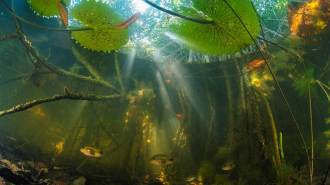 Life
LifeHow these sea-loving mangroves ended up far from the coast
On the Yucatán Peninsula, mangroves trapped nearly 200 kilometers from the ocean are part of a “relict ecosystem” that’s more than 100,000 years old.
-
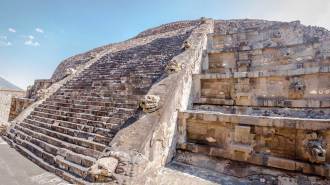 Anthropology
AnthropologyLasers reveal construction inspired by ancient Mexican pyramids in Maya ruins
Archaeologists have uncovered structures in Guatemala that are remarkably similar to La Ciudadela and its temple at the ancient city of Teotihuacan.
-
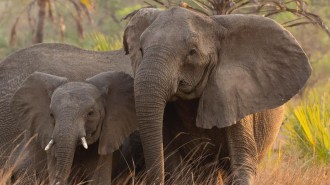 Animals
AnimalsTuskless elephants became common as an evolutionary response to poachers
After poachers tore through a Mozambican elephant population, tuskless females tripled in number as humans altered the species’s evolutionary trajectory.
By Jake Buehler -
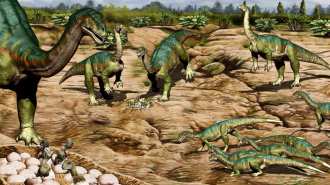 Paleontology
PaleontologySome dinosaurs may have lived in herds as early as 193 million years ago
A fossilized family gathering of long-necked Mussaurus may be the earliest evidence yet of herd behavior in dinosaurs.
-
 Archaeology
ArchaeologyVikings lived in North America by at least the year 1021
Wooden objects provide the most precise dating yet of a Norse settlement in Newfoundland.
By Bruce Bower -
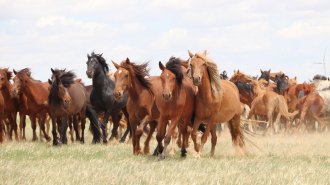 Animals
AnimalsScientists found modern domestic horses’ homeland in southwestern Russia
Two genes tied to endurance and docility may help explain the horses’ success in spreading across Eurasia.
-
 Physics
PhysicsHere’s the physics of why ducklings swim in a row behind their mother
By paddling in just the right spots, ducklings save energy by surfing their mom’s waves, and pass along the benefit to siblings down the line.
-
 Health & Medicine
Health & MedicineHere’s what we know about booster shots for Moderna’s and J&J’s COVID-19 vaccines
Immunity against the coronavirus is waning, but additional doses of the same or different COVID-19 vaccines could help protect vulnerable people.
-
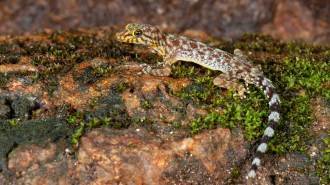 Animals
AnimalsAn agile gecko found in India named after the legendary Jackie Chan
A hard-to-catch gecko species is named after martial artist Jackie Chan. Skin patterns, like one resembling a galaxy, inspire other newfound geckos’ names.
-
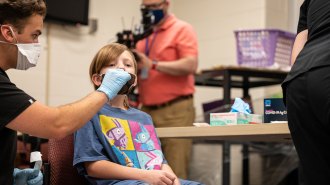 Health & Medicine
Health & MedicineCOVID-19 testing in schools works. So why aren’t more doing it?
School COVID-19 testing programs can keep kids in class and safe, but face challenges ranging from deciding on a testing strategy to parental buy-in.